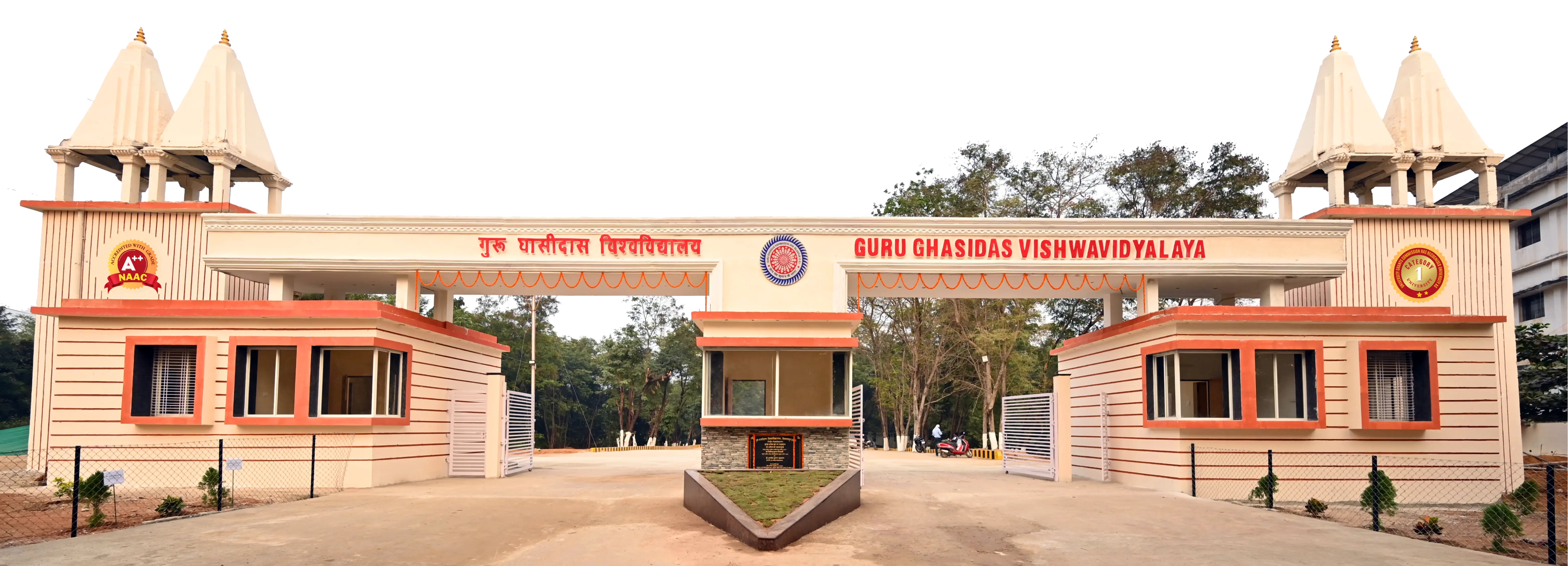राष्ट्रीय सेवा योजना (एनएसएस)
Menu
About राष्ट्रीय सेवा योजना (एनएसएस)
The scheme, popularly known as NSS, was launched in Gandhiji’s centenary year 1969. The primary aim of the scheme was developing student’s personality with the help of community service.
Overall NSS was aimed to give an extension dimension to the higher education system and orient the student youth to community service while they are studying in educational institution. The educated youth who are expected to take the reins of administration in future are found to be unaware of the problems of the village/slum community and in certain cases are indifferent towards their needs and problems.
Therefore it is necessary to arouse the social conscience of the students, and to provide them an opportunity to work with the people in the villages and slums. It is felt that their interaction with the common villagers and slum dwellers will expose them to the realities of life and bring about a change in their social perception.
Objective
- Understand the community in which they work.
- Understand themselves in relation to their community.
- Identify the needs and problems of the community and involve them in problem solving process.
- Develop among them a sense of social and civic responsibility.
- Acquire leadership qualities and democratic attitude.
- Develop capacity to meet emergencies and natural disasters and practice national integration and social harmony.
NSS Motto
The motto or watchword of the National Service Scheme is: ‘NOT ME BUT YOU’. This reflects the essence of democratic living and upholds the need for selfless service and appreciation of the other person’s point of view and also to show consideration for fellow human beings. It underlines that the welfare of an individual is ultimately dependent on the welfare of society on the whole. Therefore, it should be the aim of the NSS to demonstrate this motto in its day-to-day programme.
NSS Symbol
The symbol of the National Service Scheme is based on the ‘Rath’ wheel of the Konark Sun Temple situated in Orissa. These giant wheels of the Sun Temple portray the cycle of creation, preservation and release, and signify the movement in life across time and space. The design of the symbol, a simplified form of the Sun-chariot wheel primarily depicts movement. The wheel signifies the progressive cycle of life. It stands for continuity as well as change and implies the continuous striving of NSS for social transformation and upliftment.
NSS Badge
The NSS symbol is embossed on the NSS badge. The NSS volunteers wear it while undertaking any programme of community service. The Konark wheel in the symbol has eight bars which represent the 24 hours of the day. Hence, the badge reminds the wearer to be in readiness for service of the nation round the clock i.e. for 24 hours. The red colour in the badge indicates that the NSS volunteers are full of blood i.e. lively, active, energetic and full of high spirit. The navy blue colour indicates the cosmos of which the NSS is a tiny part, ready to contribute its share for the welfare of the mankind.
NSS Day
NSS was formally launched on 24th September, 1969, the birth centenary year of the Father of the Nation. Therefore, 24 September is celebrated every year as NSS Day with appropriate programmes and activities.



